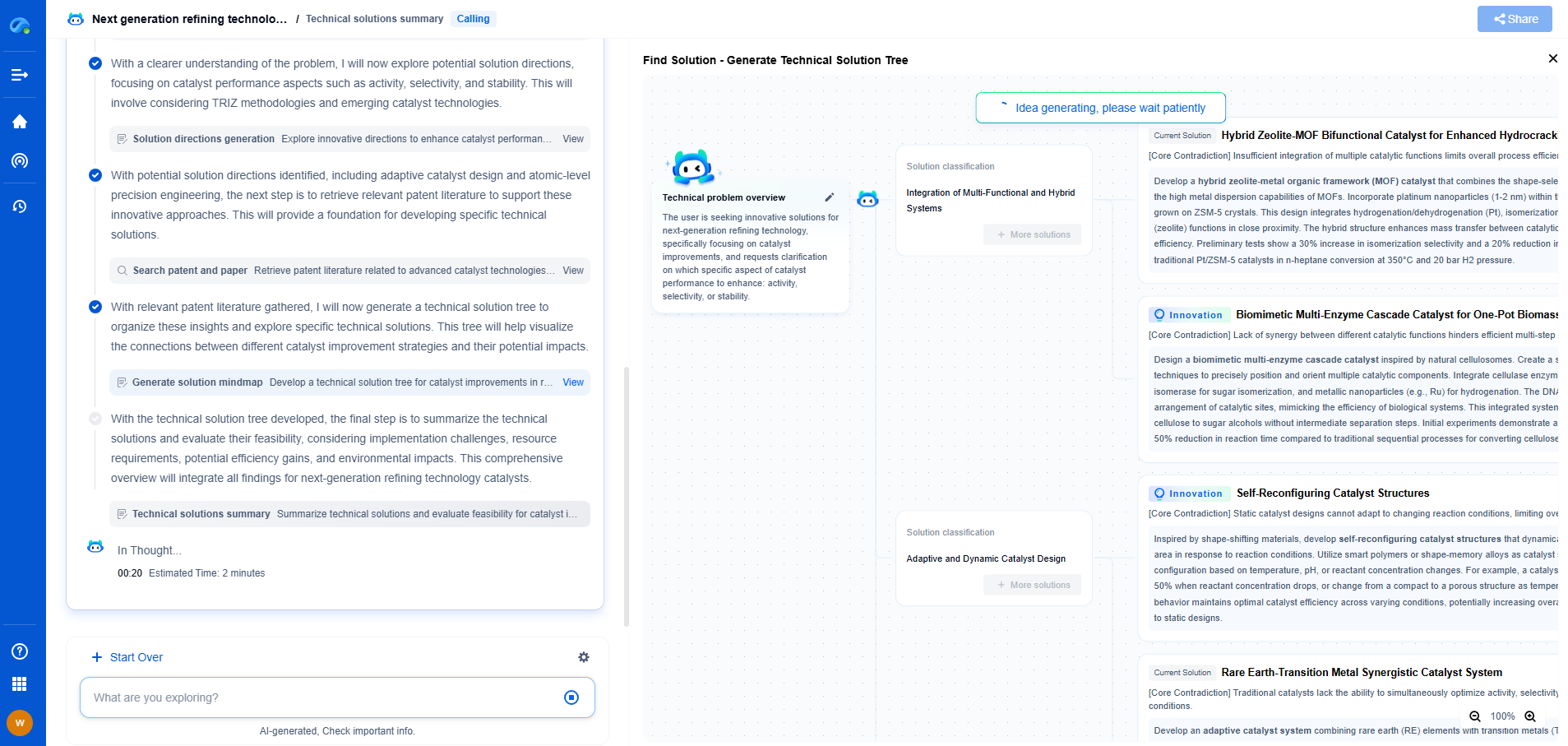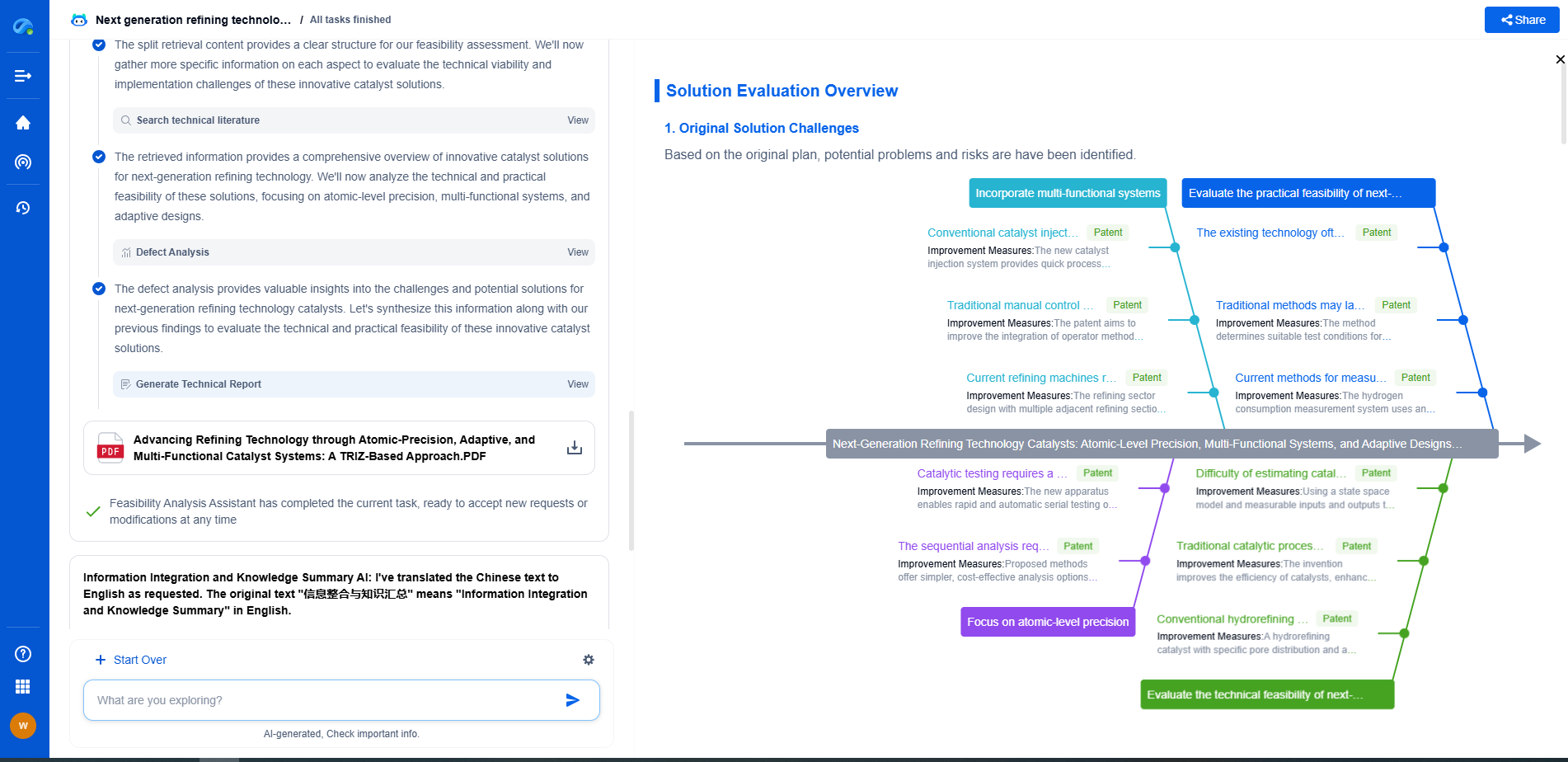EMI/EMC compliance testing evaluates a device’s ability to emit and withstand electromagnetic interference without disrupting or being disrupted by other equipment. It ensures products meet regulatory standards like FCC Part 15, CISPR, or IEC 61000, depending on the region and application. Testing includes emissions (radiated and conducted) and immunity (e.g., ESD, surge, RF) assessments in specialized labs. Compliance is critical for product certification, safety, and market access in industries such as automotive, medical, and consumer electronics.
The Importance of EMI/EMC Compliance
EMI/EMC compliance testing is vital for multiple reasons. Firstly, it ensures that a product will not interfere with other electronic devices, which is crucial in environments such as hospitals, airports, and industrial facilities where interference can lead to catastrophic failures. Secondly, compliance is often a legal requirement for products to be sold in many countries. Non-compliance can result in fines, product recalls, and damage to a company’s reputation. Finally, meeting EMI/EMC standards enhances product reliability and customer satisfaction, as compliant devices are less likely to experience unexpected malfunctions.
Overview of EMI/EMC Standards and Regulations
Various international standards govern EMI/EMC compliance. The most widely recognized are those set by the International Electrotechnical Commission (IEC) and the Federal Communications Commission (FCC) in the United States. These organizations provide guidelines and limits for electromagnetic emissions and susceptibility. For example, the IEC 61000 series covers EMC standards for different environments and equipment types, while FCC Part 15 regulates unintentional radiators like computers and RF devices. Familiarity with these standards is essential for manufacturers to ensure that their products meet the necessary criteria.
Common EMI/EMC Testing Tools
Several tools are used in EMI/EMC testing to detect and measure electromagnetic emissions and susceptibility. Some of the most common tools include:
1. Spectrum Analyzers: These instruments measure the magnitude of an input signal versus frequency within the full frequency range of the instrument. They are crucial for identifying and analyzing unwanted emissions.
2. EMI Receivers: Specially designed for EMI testing, these devices analyze electromagnetic interference, ensuring that emissions are within specified limits.
3. Anechoic Chambers: These are shielded rooms designed to absorb reflections of electromagnetic waves. They provide a controlled environment for testing emissions and immunity.
4. Conducted Emission Test Systems: These systems assess the levels of electromagnetic disturbances conducted along power lines and signal cables.
5. Radiated Emission Test Systems: These evaluate electromagnetic energy that is radiated from a device, ensuring it does not exceed regulatory limits.
EMI/EMC Testing Procedures
The procedures for EMI/EMC testing can vary depending on the specific standards applicable to a device. However, the process generally includes both emission and immunity testing.
1. Emission Testing: This involves measuring the electromagnetic emissions from a device to ensure they do not exceed prescribed limits. Emission tests are further divided into conducted emissions (through cables) and radiated emissions (through the air).
2. Immunity Testing: This assesses a device's ability to operate correctly in the presence of electromagnetic disturbances. Immunity tests include Electrostatic Discharge (ESD) testing, Radiated Immunity testing, and Conducted Immunity testing, each simulating different interference scenarios.
3. Pre-Compliance Testing: Before formal compliance testing, pre-compliance testing helps identify potential EMI/EMC issues early in the development cycle. This can save time and resources by reducing the likelihood of failing formal tests.
4. Final Compliance Testing: Conducted by accredited laboratories, this testing uses standardized procedures and calibrated equipment to confirm a product’s compliance with regulatory requirements.
Challenges in EMI/EMC Compliance Testing
Achieving EMI/EMC compliance can present several challenges. Design issues, such as poor shielding and grounding, can lead to excessive emissions or susceptibility. Additionally, the increasing complexity of electronic devices can make it difficult to predict and mitigate potential interference. Rapid technological advancements also mean that standards are continually evolving, requiring constant vigilance to stay compliant. Manufacturers often need to balance achieving compliance with maintaining functionality, performance, and cost-effectiveness.
Conclusion
EMI/EMC compliance testing is an indispensable step in the development of electronic products, ensuring they are safe, reliable, and legally marketable. By understanding the importance of compliance, familiarizing themselves with relevant standards, and utilizing appropriate testing tools and procedures, manufacturers can effectively navigate the complexities of EMI/EMC testing. As the tech landscape continues to evolve, ongoing attention to EMI/EMC compliance will remain essential in delivering quality products that meet both consumer expectations and regulatory demands.
What Is EMI/EMC Compliance Testing? Tools and Procedures Explained
JUL 9, 2025 |
Navigating the evolving world of electrical measurement—from high-precision signal integrity to advanced test protocols like BERT or TDR—demands more than just expertise; it demands smart tools.
Patsnap Eureka empowers you to keep up—by turning complex patent data, technical parameters, and industry signals into actionable insight. It’s your AI partner for exploring what’s next in test, measurement, and electrical diagnostics.
💡 Try Patsnap Eureka for free and see how it transforms the way you work with electrical measurement technologies.
- R&D
- Intellectual Property
- Life Sciences
- Materials
- Tech Scout
- Unparalleled Data Quality
- Higher Quality Content
- 60% Fewer Hallucinations
Browse by: Latest US Patents, China's latest patents, Technical Efficacy Thesaurus, Application Domain, Technology Topic, Popular Technical Reports.
© 2025 PatSnap. All rights reserved.Legal|Privacy policy|Modern Slavery Act Transparency Statement|Sitemap|About US| Contact US: help@patsnap.com

